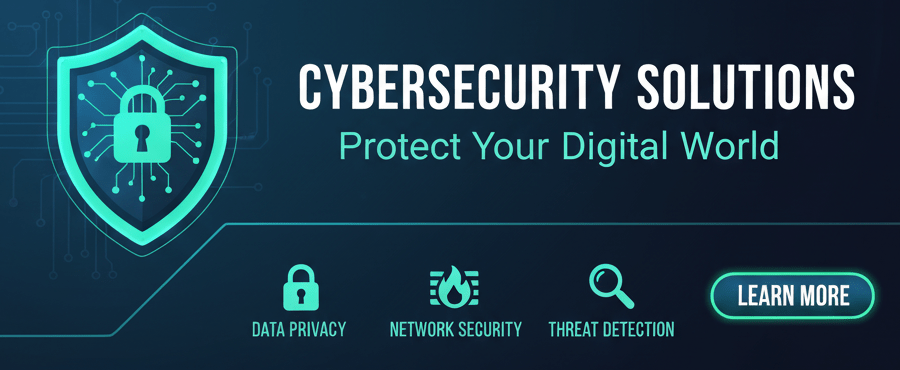While often discussed in terms of faster smartphone speeds, 5G connectivity represents a far more profound technological leap, poised to fundamentally reshape industries and redefine our daily lives. It’s not merely an incremental upgrade from 4G; 5G is a foundational infrastructure that offers significantly enhanced speeds, drastically reduced latency, and massively increased network capacity. These advancements are not just about quicker downloads; they are unlocking a wave of innovative applications and services that were previously unimaginable.
The Pillars of 5G’s Revolution:
To truly understand 5G’s impact, it’s crucial to grasp its key technological advantages:
- Blazing Fast Speeds: 5G offers download speeds up to 10-100 times faster than 4G, enabling near-instantaneous data transfer, seamless streaming of high-resolution video, and rapid file sharing.
- Ultra-Low Latency: Latency, the delay in data transmission, is reduced to mere milliseconds in 5G networks. This near real-time responsiveness is critical for applications like autonomous vehicles, remote surgery, and real-time gaming.
- Massive Network Capacity: 5G networks can handle significantly more connected devices simultaneously and efficiently, paving the way for the widespread adoption of the Internet of Things (IoT) and smart city initiatives.
Unlocking New Frontiers: Applications Across Industries
The capabilities of 5G are driving innovation across a diverse range of sectors:
- Internet of Things (IoT): 5G is the backbone of the IoT revolution, enabling seamless communication between billions of connected devices. This includes smart sensors in agriculture for precision farming, wearable health monitors for remote patient care, and industrial IoT for optimized manufacturing processes.
- Smart Cities: 5G is essential for building intelligent urban environments. It powers smart traffic management systems to reduce congestion, optimizes energy grids for efficiency, enhances public safety through connected surveillance, and enables smart street lighting and waste management.
- Autonomous Vehicles: The ultra-low latency and high reliability of 5G are critical for the safe and efficient operation of autonomous vehicles. 5G enables vehicles to communicate with each other, infrastructure, and the cloud in real-time, facilitating autonomous navigation and decision-making.
- Healthcare: 5G is transforming healthcare through telemedicine, remote patient monitoring, and even remote surgery. High-speed, low-latency connections enable doctors to perform complex procedures remotely with precision and minimal delay.
- Entertainment & Immersive Experiences: 5G is powering the next generation of immersive entertainment, including virtual reality (VR), augmented reality (AR), and cloud gaming. Seamless streaming and real-time interaction are essential for delivering compelling VR/AR experiences and lag-free cloud gaming.
Beyond Consumer Benefits: Industrial and Societal Transformation
While faster mobile internet is a noticeable consumer benefit, the true transformative power of 5G lies in its ability to drive industrial and societal advancements. It is the invisible infrastructure that will underpin the next wave of technological innovation, fostering a more connected, efficient, and intelligent world. As 5G networks continue to expand and mature, we can expect to see even more groundbreaking applications emerge, further solidifying its role as a fundamental technology of the 21st century.




